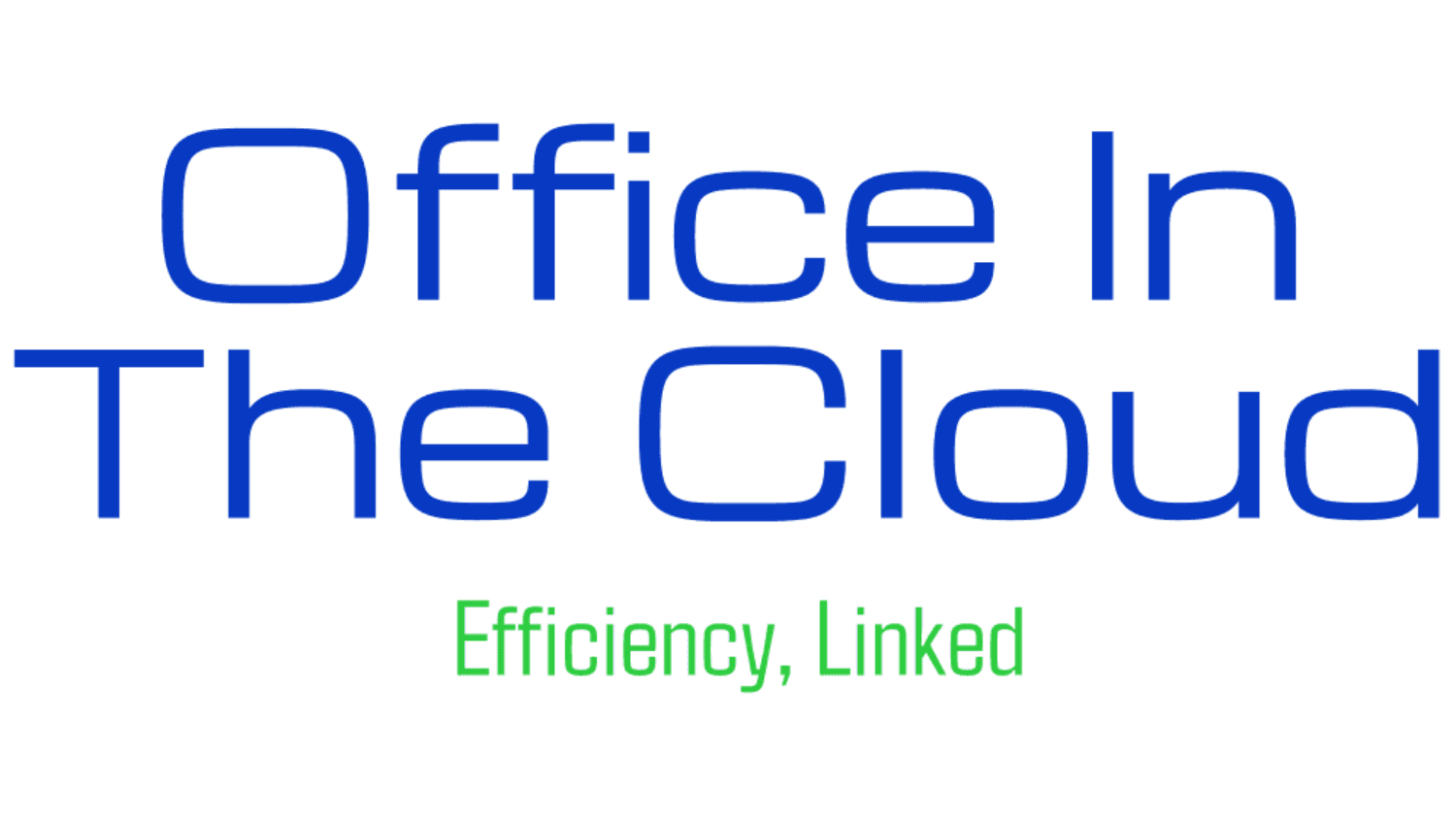Integrating SAP with CyberSource Gateway: A Step-by-Step Guide
Understanding the Basics of SAP and CyberSource Integration
In today's digital landscape, businesses seek robust solutions to streamline processes and enhance their payment systems. Integrating SAP with CyberSource Gateway is one such powerful combination. SAP, a leading enterprise resource planning (ERP) software, provides comprehensive business management solutions, while CyberSource offers a globally recognized payment gateway. By integrating these two platforms, businesses can leverage seamless financial transactions and improve operational efficiency.

Why Integrate SAP with CyberSource Gateway?
The integration of SAP with CyberSource Gateway offers numerous benefits. Firstly, it simplifies payment processing by automating transactions directly through the ERP system. This reduces manual entry errors and saves time for your finance team. Secondly, it provides real-time transaction visibility, enabling businesses to track and manage payments efficiently. Lastly, this integration enhances security measures by adhering to industry standards and safeguarding sensitive customer data.
Prerequisites for Integration
Before diving into the integration process, ensure that your systems are ready. Here are some prerequisites:
- SAP System: Ensure your SAP system is up-to-date and supports integration features.
- CyberSource Account: Have an active CyberSource account with necessary permissions for API access.
- Technical Expertise: Access to a skilled IT team familiar with SAP and API integrations.
Once these prerequisites are in place, you can begin the integration process with confidence.

Step-by-Step Integration Process
Integrating SAP with CyberSource Gateway involves several key steps:
- API Configuration: Begin by configuring the CyberSource API settings within your SAP environment. This involves setting up the necessary credentials and endpoints.
- Data Mapping: Identify the data fields in SAP that need to be mapped with CyberSource’s payment fields. This step ensures accurate data transfer between systems.
- Custom Development: You might need to develop custom scripts or use middleware to facilitate seamless communication between SAP and CyberSource.
- Testing: Conduct thorough testing to ensure that the integration functions correctly. Validate transactions and resolve any issues that arise during this phase.
- Deployment: Once testing is successful, deploy the integration into your live environment. Monitor the system closely during initial operations to ensure stability.

Overcoming Common Challenges
During the integration process, you may encounter certain challenges. Common issues include data mismatches, API errors, or connectivity problems. To address these challenges:
- Regular Updates: Keep your systems updated with the latest patches to prevent compatibility issues.
- Documentation: Maintain comprehensive documentation of the integration process for future reference and troubleshooting.
- Support: Leverage support from both SAP and CyberSource communities to resolve technical challenges efficiently.
Maximizing the Benefits of Integration
Once integrated, businesses can fully capitalize on the benefits of SAP and CyberSource Gateway. This integration not only speeds up transaction processes but also offers enhanced analytics capabilities. By analyzing transaction data within SAP, businesses can gain valuable insights into customer behaviors and financial trends.

In conclusion, integrating SAP with CyberSource Gateway is a strategic move for businesses aiming to optimize their payment systems. By following a structured approach and addressing potential challenges proactively, organizations can achieve seamless integration, resulting in improved efficiency and enhanced security for financial operations.
